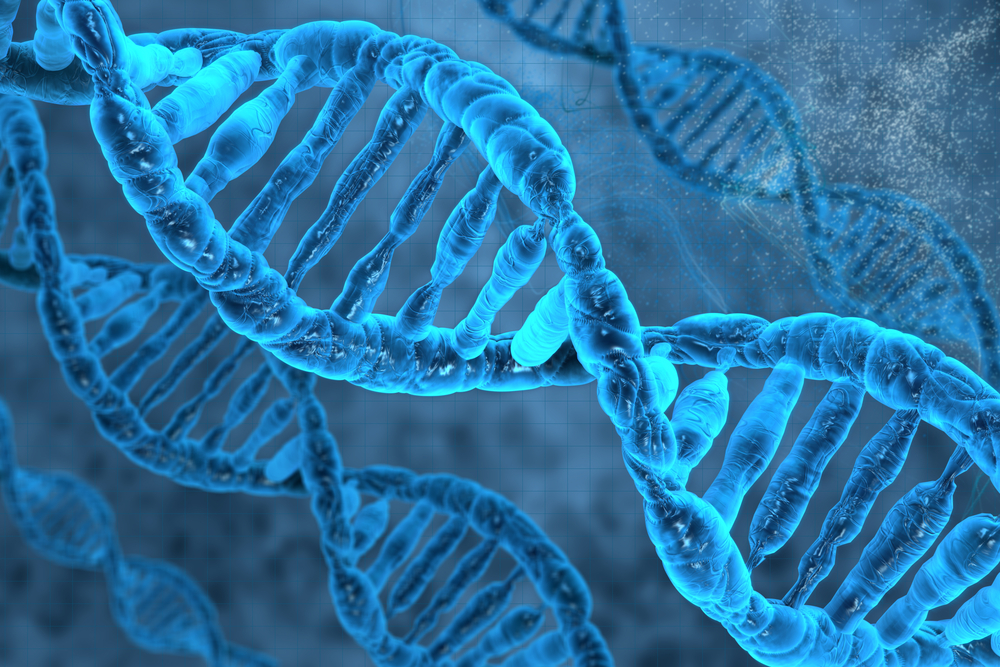Mitochondrial Diseases
HOME > Mitochondrial Diseases
What are Mitochondria?
Mitochondria are one of the organelles (small organs of a cell) inside our body cells. This organelle contains the DNA of its kind.
In a mitochondrion, nutrients absorbed by our body are consumed with oxygen to produce energy that is usable by our body to perform daily activities. Through this energy, our body repairs damaged cells and produces new cells continuously.
That is why mitochondria are called small power plants inside our cells.

What are mitochondrial diseases?
Inside a mitochondrion, there are many ring-shaped mitochondrial DNAs which are different from DNAs that can be found inside the nucleus of our cells. These small mitochondrial DNAs control the function of the mitochondrion. However, when the relative amount of mutant mitochondrial DNA becomes predominant in the patient’s cells and exceeds a threshold, energy production inside mitochondrion can be impaired. As a result, organs which require a large amount of energy to operate such as brain, heart and skeletal muscles can result in dysfunction.
The diseases caused in this way are called mitochondrial diseases.

What is MELAS?
MELAS is one of fatal mitochondrial diseases.
This disease is the most frequent one across all age groups in all classes of mitochondrial diseases. In addition, MELAS causes all kinds of symptoms on organs which require a large amount of energy to operate such as brain, heart, skeletal muscles and also on some cases, pancreas, liver and kidney.
80% of MELAS is caused by A(Adenine) to G(Guanine) point mutation at mitochondrial DNA nucleotide position 3,243 (A3243G mutation).

In modern medicine to this date, there is no fundamental cure
on mitochondria disease such as MELAS.
Our company strives to develop and perform research on
new fundamental drug against mitochondria disease (MELAS)
that was said to be incurable previously.


